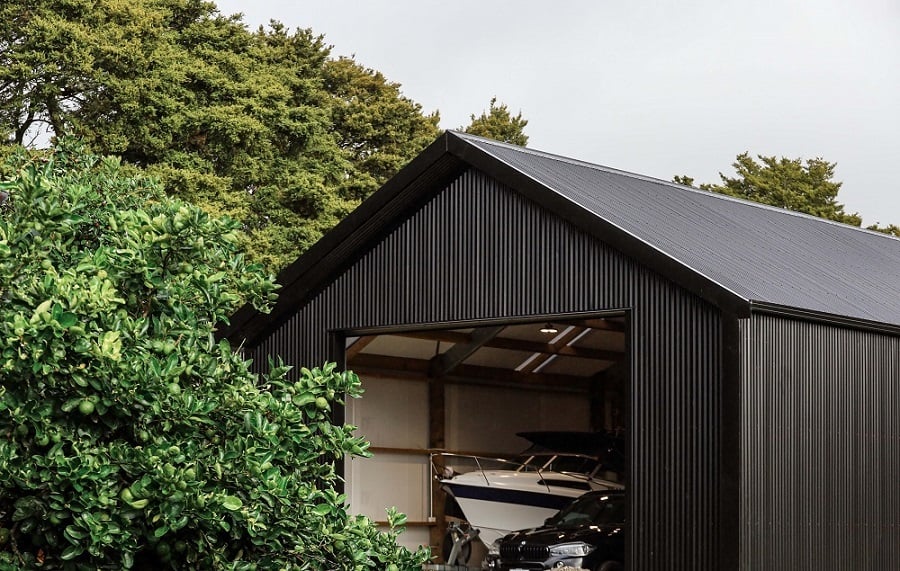If you are planning a new shed project, you might have the following questions:
June 16th, 2022
5 min read



Although it may sound straightforward, achieving the ideal storage solution for your vehicles is ...
Read More
If you are planning a new shed project, you might have the following questions:
Read More.png?width=800&name=Mar%2024%20-%20Blog%20image%20-%20caravan%20sheds%20(1).png)
Are you the proud owner of a caravan or camper? Having a reliable shelter for your camper ensures ...
Read More